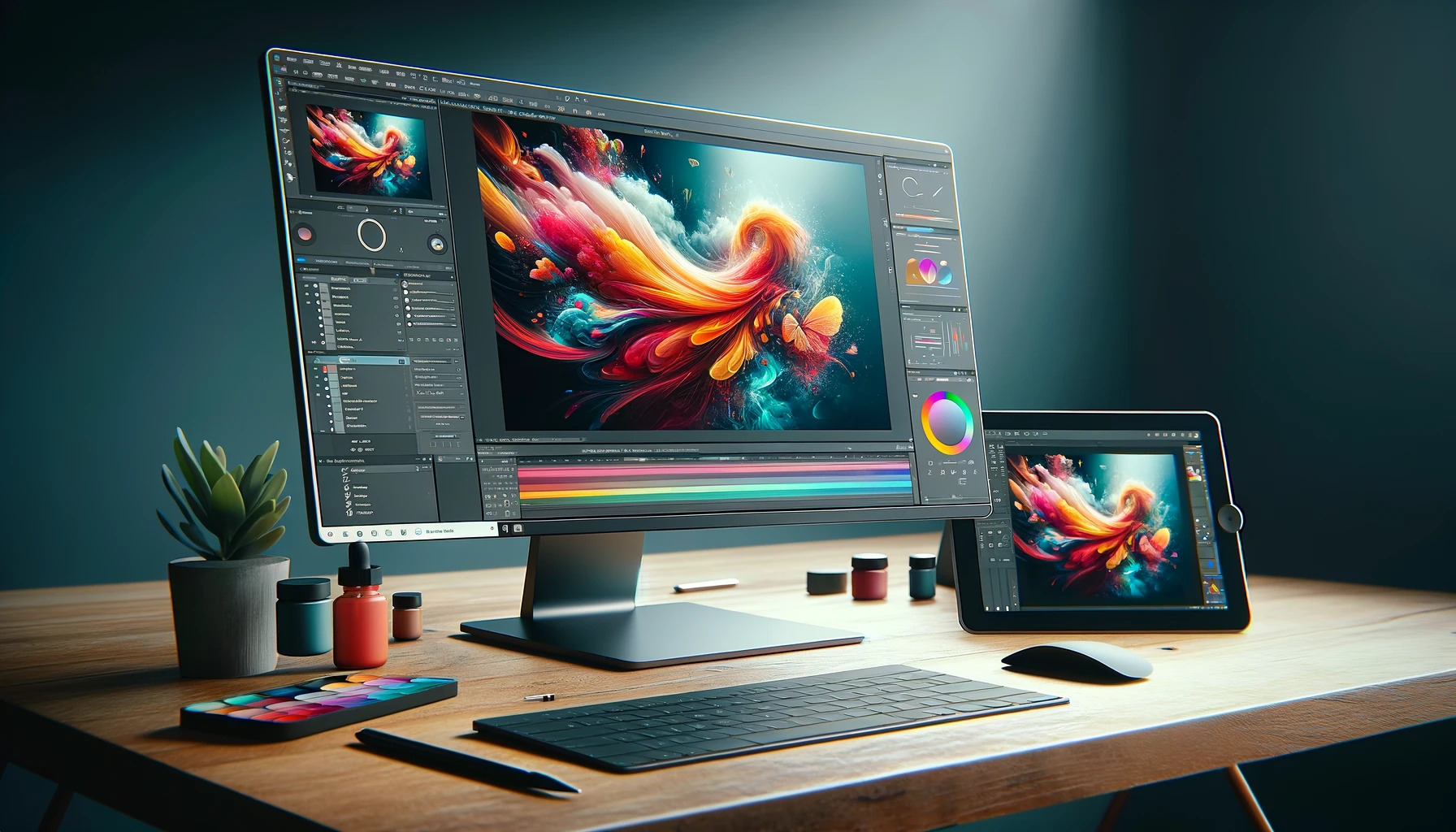How to Convert JPG to PNG Without Losing Quality
By Tristin
Published March 13, 2024
 How to Convert JPG to PNG Without Losing Quality
How to Convert JPG to PNG Without Losing Quality
Converting JPG to PNG without losing quality is a crucial process for many digital artists, designers, and photographers. This transformation allows for the retention of image clarity and detail, while also benefiting from the PNG format's advantages, such as transparency support and better compression algorithms. Achieving this without compromising the image's integrity involves a series of steps that ensure the PNG images produced are of the highest possible quality. In this article, we'll guide you through the process, alongside the role of online tools for PNG conversion in streamlining this process.
Step 1: Understanding the Formats
Before delving into the conversion process, it's essential to understand the differences between JPG and PNG. JPG is widely used for its compression capabilities, which reduce file size at the cost of some quality. On the other hand, PNG is preferred for its lossless compression, meaning it retains original image quality, supports transparency, and is ideal for detailed graphics.
Step 2: Select Your Conversion Tool
Several software options, both desktop-based and online, offer quality PNG conversion. Choosing the right one depends on your specific needs, such as the complexity of the images, the need for batch processing, and whether you require additional editing features.
Desktop Software
- Adobe Photoshop: Offers extensive editing features along with the ability to convert images to PNG without quality loss.
- GIMP: A free, open-source option that provides robust tools for conversion and editing.
Online Tools
- CloudConvert: A versatile online service that supports PNG batch conversion, allowing multiple files to be converted simultaneously.
- TinyPNG: Focuses on PNG compression, reducing file size without a noticeable drop in quality.
Step 3: Preparing for Conversion
Before converting your JPG files to PNG, ensure they are in the best possible condition. This means:
- Cropping any unnecessary parts.
- Adjusting brightness, contrast, and saturation if needed.
- Making sure the resolution is appropriate for your use case.
Step 4: The Conversion Process
Here’s how to convert a JPG to PNG without losing quality, using desktop software and online tools for PNG conversion.
Using Desktop Software (e.g., Adobe Photoshop)
- Open your JPG file in Photoshop.
- If needed, make any pre-conversion adjustments.
- Go to File > Save As, choose PNG from the format dropdown, and click Save.
- In the PNG options window, select the highest compression level without interlacing.
Using Online Tools (e.g., CloudConvert)
- Visit the CloudConvert website.
- Upload your JPG file(s).
- Select PNG as the output format.
- Start the conversion, and download your PNG file once complete.
Step 5: Post-Conversion Checks
After conversion, it's vital to check the output files to ensure they meet your quality expectations. Look for any signs of PNG compression artifacts or loss of detail, especially in complex areas or those with high contrast.
Step 6: Managing File Sizes
PNG files can be larger than their JPG counterparts, especially if the original JPG was heavily compressed. If file size is a concern, consider using tools specifically designed for PNG compression. These tools, like TinyPNG, can significantly reduce file sizes without a noticeable drop in quality, making them ideal for web use.
Step 7: Advanced Techniques
For those requiring advanced PNG conversion features, such as alpha transparency or specific color profile adjustments, desktop software like Photoshop or GIMP provides a greater degree of control. These programs allow for precise editing and fine-tuning of the PNG output to match your exact requirements.
Step 8: Automating the Process
If you regularly convert images from JPG to PNG, automating the process can save time and effort. Many desktop programs offer scripting capabilities for PNG batch conversion, allowing multiple files to be processed with consistent settings.
Conclusion
Converting JPG to PNG without losing quality is straightforward with the right tools and techniques. Whether you prefer the convenience of online tools for PNG conversion or the advanced features of desktop software, the key is to choose a method that suits your specific needs. By following the steps outlined in this guide, you can ensure your PNG images retain the clarity, detail, and color integrity of the original JPGs, making them suitable for a wide range of applications. Remember, each image conversion task is unique, so don't hesitate to experiment with different tools and settings to achieve the best results.